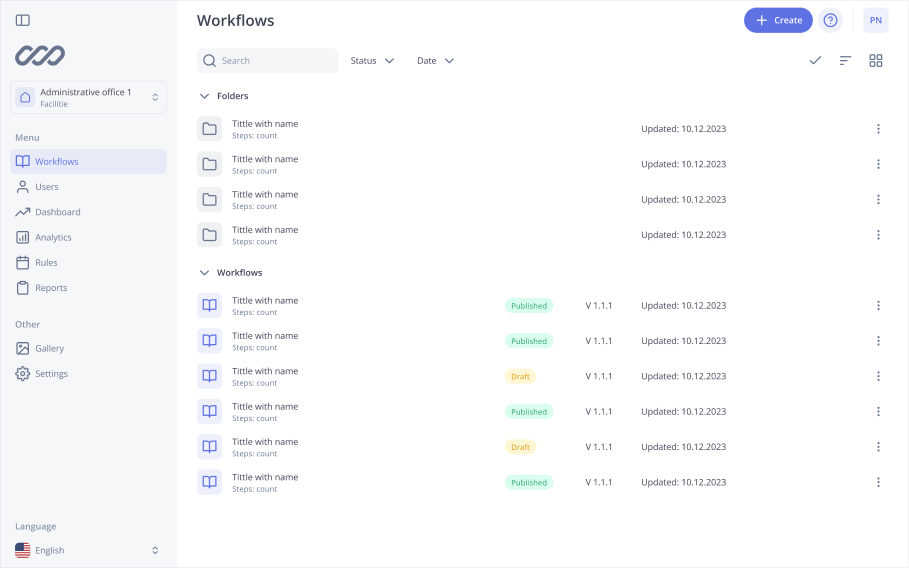Production Order
A Production Order is a key document in the manufacturing and production process. It’s a blueprint for making a product or batch, so everything runs smoothly and efficiently. By listing the materials, resources and steps involved in production, the production order ensures consistency, quality and resource utilization. In this guide we will look at what a production order is, its parts, its importance and how it’s managed in modern production.
What is a Production Order?
A production order is a formal instruction that starts the manufacturing process. It contains all the information about what needs to be produced, the materials and resources required and the time frame in which it needs to be produced. This includes both raw and purchased materials necessary for production. The required materials are specified to ensure that the production process runs smoothly. A sales order is a key document that confirms the details of the goods or services being exchanged which then triggers the creation of production orders to meet customer demand.
Production orders are used in industries such as automotive, electronics, pharmaceuticals and food manufacturing. They are the bridge between planning and execution, aligning the efforts of multiple teams including procurement, production and quality control.
Production Order Components
To make it work a production order (manufacturing order) should have the following components: key elements such as product, quantities, scheduling, resources, materials, work instructions, cost center and status tracking.
1. Order Details:
- Order Number: For tracking purposes.
- Order Date: Date the order was issued.
- Due Date: Date product must be complete.
2. Product:
- Product Code: Internal product code.
- Specifications: Technical requirements or standards the product must meet.
- Output Quantity: It is the planned quantity for a production order and relates to the actual production tasks.
3. Materials and Resources:
- Bill of Materials (BOM): List of all raw materials, parts and components. Accurate tracking of material consumption is essential for optimizing the production process.
- Quantities: How much of each.
- Suppliers: Who are the suppliers of the materials.
- Materials Required: The raw materials and components needed to build a product.
4. Production:
- Work Instructions: For production staff.
- Operation Sequences: Order of tasks.
- Time: Time for each operation.
5. People and Equipment:
- Assigned to: Who is responsible for production.
- Required: Tools, machines or equipment.
6. Quality:
- Inspection: What to check during and after production.
- Testing: To quality standards.
7. More:
- Cost: Material, labour and overhead.
- Planned costs: Includes inventory and ordering costs. Utilizing previous inventory costs helps in making informed decisions and optimizing future production orders. How much to produce and not to overspend.
- Notes: Any special handling or safety requirements.
The Importance of a Production Order
A production order is not a document, it’s a tool to make production efficient and goal oriented. Here are the benefits:
- Coordination: Production orders is a single point of truth for all departments involved in production. It tells everyone what they need to do and what’s their responsibility. The production order status controls what can be done on the production order and visibility across different platforms.
- Resource utilization: By listing material and equipment requirements production orders reduce waste and optimize resource usage. Optimized resource usage can free up capital for promotional campaigns, driving further growth and demand. Using operational data and forecasting to manage production costs reduces waste and budgeting.
- Error reduction: Clear instructions and specifications reduces errors during production, overall efficiency and quality.
- Traceability: Each production order is a record, manufacturers can track a batch from raw material to finished product. Production order confirmation is a document that tells organizations their supply chain partners can meet the production schedule.
- Quality Control: With defined quality standards and testing procedures production orders ensure product quality.
How Production Orders Are Created
In today’s manufacturing, production orders are created through Enterprise Resource Planning (ERP) systems. These systems automate and streamline the creation, tracking, and execution of production orders. There are many ways to create production orders, including manual creation from sales orders and planning worksheets. Here are the steps:
- Planning: The planning team determines what needs to be made based on customer orders, inventory levels, and demand forecasts. Calculating production order quantity (POQ) is key to planning for future manufacturing requirements. Accurate forecasting of material consumption is crucial for effective production planning.
- Order Generation: The ERP system creates a production order with all the details. Good production orders help with production planning, reduce costs, and increase revenue by matching manufacturing to market demand and available resources.
- Resource Assignment: Material, equipment, and people are allocated to the production order.
- Execution: The production team follows the order.
- Monitoring and Feedback: Realtime tracking, fixing issues, and once complete, feedback to improve the next orders.
Conclusion
A production order is key to any production process. It’s a guide to make sure things run smoothly and efficiently. It gives clear instructions, outlines resource requirements and quality standards, it’s a must have tool for consistent and reliable production outcomes. By using materials, labour and equipment optimally production orders reduce waste and errors, overall efficiency. They also help with departmental coordination, quality assurance and traceability, it’s a big contributor to business success. Understanding the structure, importance and execution of production orders is crucial for businesses to succeed in today’s competitive manufacturing world.
Simplify the way people work and learn at the frontline
See the industry-leading how-to platform in a 30-minute live demo.
Learn more
